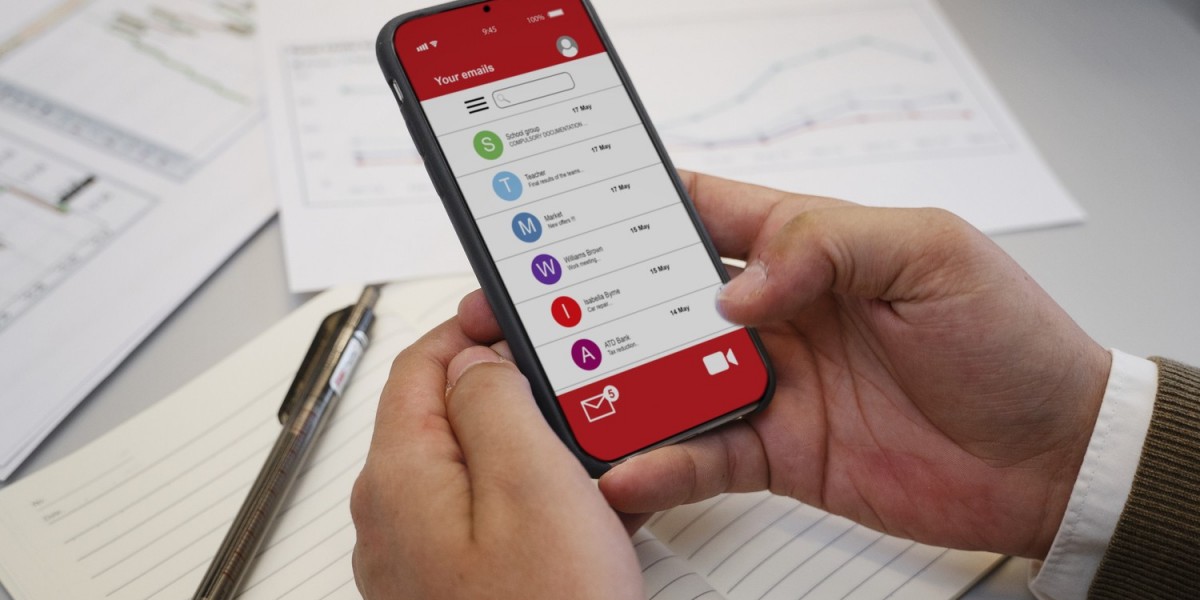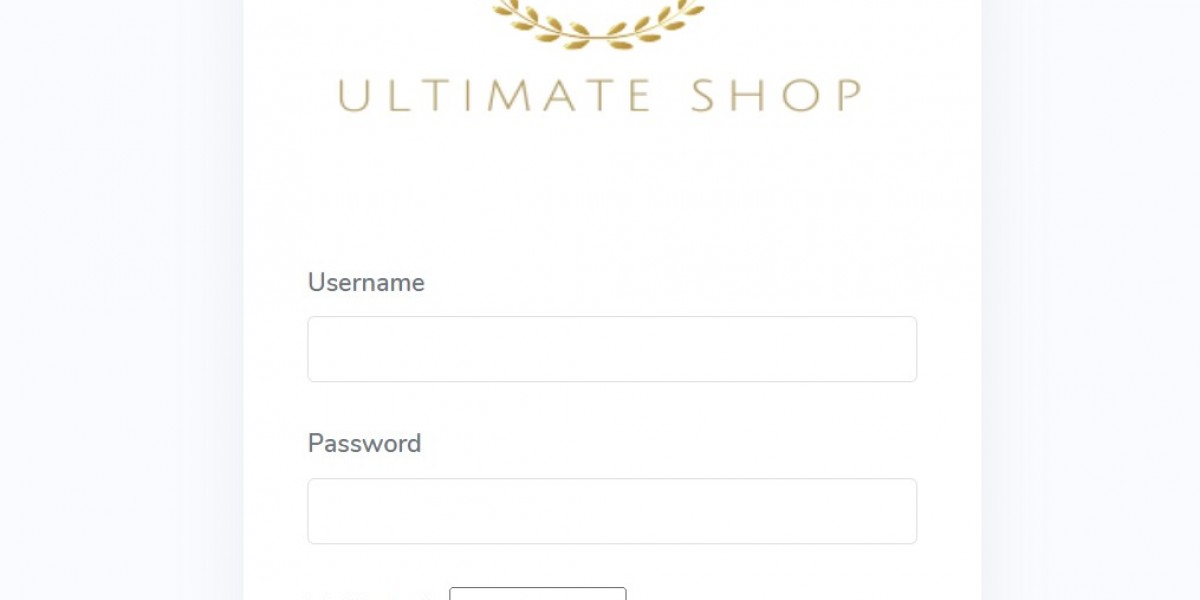There's one strategy that consistently outpaces the rest: mobile-first. While traditional door-to-door methods relied heavily on clipboards, paper maps, and sheer memory, modern sales reps are turning to smartphones and tablets as their ultimate sidekicks. The reason? Speed, precision, and adaptability—all essential ingredients for successful, scalable sales campaigns.
But why is mobile-first not just an option anymore, but a necessity? Let’s break it down.
The Shift from Clipboards to Clicks
Rewind ten or even five years, and you’d likely see a door-to-door salesperson juggling printed leads, handwritten notes, and maybe a phone with spotty GPS. Fast forward to today: the top-performing reps walk neighborhoods with data-rich apps, route optimization tools, and real-time CRM access, all from the palm of their hand.
This shift isn’t just about convenience—it’s about performance. A study by Salesforce found that high-performing sales teams are 2.8x more likely to use mobile sales apps than underperforming teams. Why? Because mobility reduces friction. Less time is spent on administrative work and more on actual selling.
Meeting Customers Where They Are—Literally
In field sales, timing is everything. Knock too early or too late, and you might miss a prospect. With a mobile-first approach, reps can access local data, neighborhood schedules, and past visit notes instantly—making each knock more intentional and effective.
Imagine this: a roofing sales rep is canvassing a suburban neighborhood after a major hailstorm. Using a mobile CRM, she filters homes based on previous insurance claims, sees which houses were missed last week, and even schedules follow-ups—all while walking from one house to the next. No guessing. No wasted time. Just smart, strategic selling.
Why Speed and Flexibility Matter
Sales isn't static. Weather changes. People reschedule. Neighborhoods evolve. And a paper-bound system just can’t keep up.
With a mobile-first strategy:
Routes can be adjusted on the fly.
New leads are added and categorized in seconds.
Team leaders can track progress and communicate instantly.
This agility helps reps pivot when needed—like avoiding a no-soliciting zone or revisiting a lead who just got back home. It’s the kind of responsiveness that builds trust and increases conversions.
The Secret Weapon: Real-Time Lead Capture
Let’s talk about one of the most impactful mobile tools in the sales rep’s arsenal: apps for capturing leads.
Instead of scribbling down details on crumpled paper (which may never make it to the office), reps can now:
Instantly record customer info,
Add notes about pain points or objections,
Snap a photo of a damaged roof or meter,
Sync the data with HQ in real time.
This doesn't just improve productivity—it ensures no hot lead is left behind. And for businesses, it means less data loss, better analytics, and faster follow-ups.
Real-World Example: Solar Sales with a Digital Edge
Consider a solar panel company in Arizona. Before going mobile, their door-to-door reps carried binders filled with property data and returned at day’s end to upload information manually.
The switch to a mobile-first strategy changed everything.
With a field sales app, reps now check sun exposure levels, utility bills, and installation eligibility on the spot. They capture customer interest with digital forms, schedule consultations in real time, and even show potential savings via interactive charts.
The result? A 30% boost in lead conversion and a happier, more efficient sales team.
Better Data = Better Decisions
Mobile-first tools don’t just help reps in the field—they also empower managers and marketers behind the scenes.
Here’s how:
Live dashboards show which neighborhoods perform best.
Heat maps reveal high-response zones.
Lead scoring helps prioritize follow-ups.
All this insight feeds back into smarter campaign planning, budget allocation, and territory management. When the data flows seamlessly from the field to the boardroom, decisions get sharper and results stronger.
Overcoming Objections with Digital Confidence
Customers today are tech-savvy. They expect quick answers, not vague promises.
Mobile-first reps can pull up brochures, warranty info, or comparison charts on demand—instantly building credibility. They can even process e-signatures or send quotes before walking away from the doorstep.
That’s powerful. And it turns uncertain “maybe later” conversations into confident “let’s do it” deals.
So, Why Are Mobile-First Strategies Winning?
To sum it up, here’s what sets mobile-first field sales apart:
✅ Faster lead capture and response times
✅ Real-time data access and updates
✅ Smarter route planning and territory coverage
✅ Higher close rates and improved customer trust
✅ Better team coordination and performance tracking
In an industry where every knock counts, being mobile-first isn’t just a tech upgrade—it’s a competitive advantage.
The Future Is in Your Pocket
As technology continues to shape customer expectations, door-to-door sales must evolve or fall behind. The days of relying on static paper trails and manual processes are fading.
Whether you're selling solar panels, pest control, roofing, or home security, embracing a mobile-first approach is how you stay relevant, efficient, and successful.
Your smartphone isn’t just a communication device anymore—it’s your sales HQ, route planner, data collector, and deal closer. And for modern field sales teams, that’s a winning edge you can’t afford to miss.
































